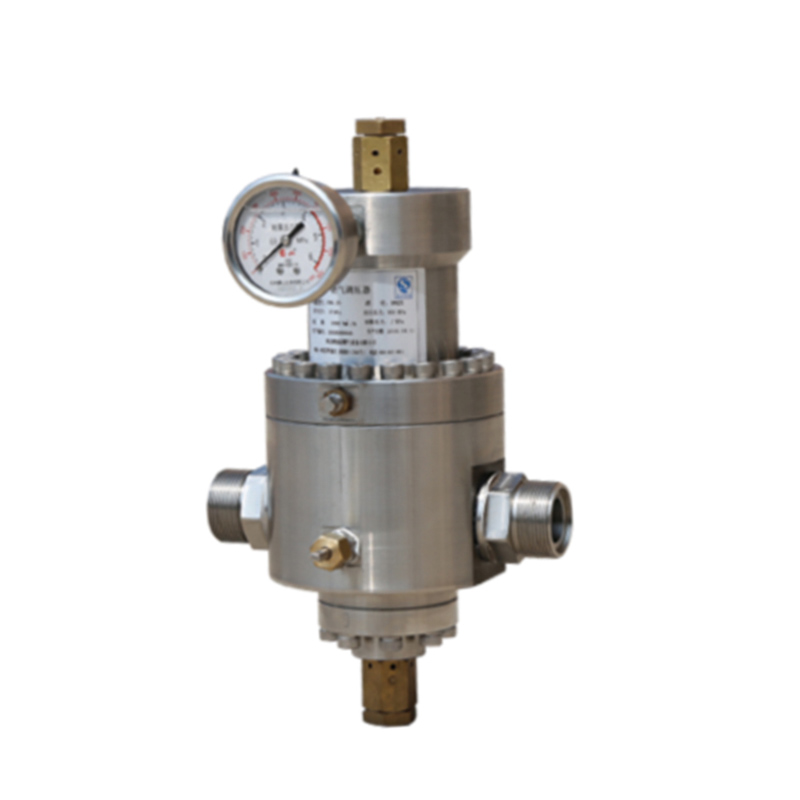
Jul . 16, 2024 10:46
Back to list
Gas heat exchange Understanding the principles and applications for efficient energy transfer.
Heat exchangers are essential components in the process industries for transferring heat from one fluid to another. The efficiency and effectiveness of heat exchangers play a crucial role in the overall process efficiency. One common type of heat exchanger is the gas-to-gas heat exchanger, where heat is exchanged between two gas streams.
.
The design and construction of gas-to-gas heat exchangers are critical to ensure efficient heat transfer between the two gas streams. The choice of materials, tube size, and configuration all impact the performance of the heat exchanger. In addition, factors such as gas flow rate, temperature, and pressure also influence the design of the heat exchanger.
مبادل حراري للغاز

There are several types of gas-to-gas heat exchangers, including shell and tube heat exchangers, plate heat exchangers, and finned tube heat exchangers. Each type has its advantages and limitations depending on the specific requirements of the application. For example, shell and tube heat exchangers are commonly used in high-pressure and high-temperature applications due to their robust construction and ability to handle a wide range of operating conditions.
One key factor to consider in the design of gas-to-gas heat exchangers is the heat transfer coefficient. This coefficient measures the rate at which heat is transferred between the two gas streams and is influenced by factors such as surface area, flow velocity, and fluid properties. Increasing the heat transfer coefficient can improve the efficiency of the heat exchanger and reduce energy consumption.
In summary, gas-to-gas heat exchangers are essential components in the process industries for exchanging heat between two gas streams. Proper design and construction of these heat exchangers are critical to ensure efficient heat transfer and optimal performance. By considering factors such as materials, configuration, and heat transfer coefficient, engineers can design gas-to-gas heat exchangers that meet the specific requirements of the application and contribute to overall process efficiency.
Latest news
-
Safety Valve Spring-Loaded Design Overpressure ProtectionNewsJul.25,2025
-
Precision Voltage Regulator AC5 Accuracy Grade PerformanceNewsJul.25,2025
-
Natural Gas Pressure Regulating Skid Industrial Pipeline ApplicationsNewsJul.25,2025
-
Natural Gas Filter Stainless Steel Mesh Element DesignNewsJul.25,2025
-
Gas Pressure Regulator Valve Direct-Acting Spring-Loaded DesignNewsJul.25,2025
-
Decompression Equipment Multi-Stage Heat Exchange System DesignNewsJul.25,2025

